The cassowary, an Australian bird with long, dangerous claws, is the world’s most dangerous bird.
With a face full of bright-blue plumage, a violet sea-green neck, and a velociraptor-like dagger toenail, the cassowary has been likened to dinosaurs and has been described as a murderous assassin.
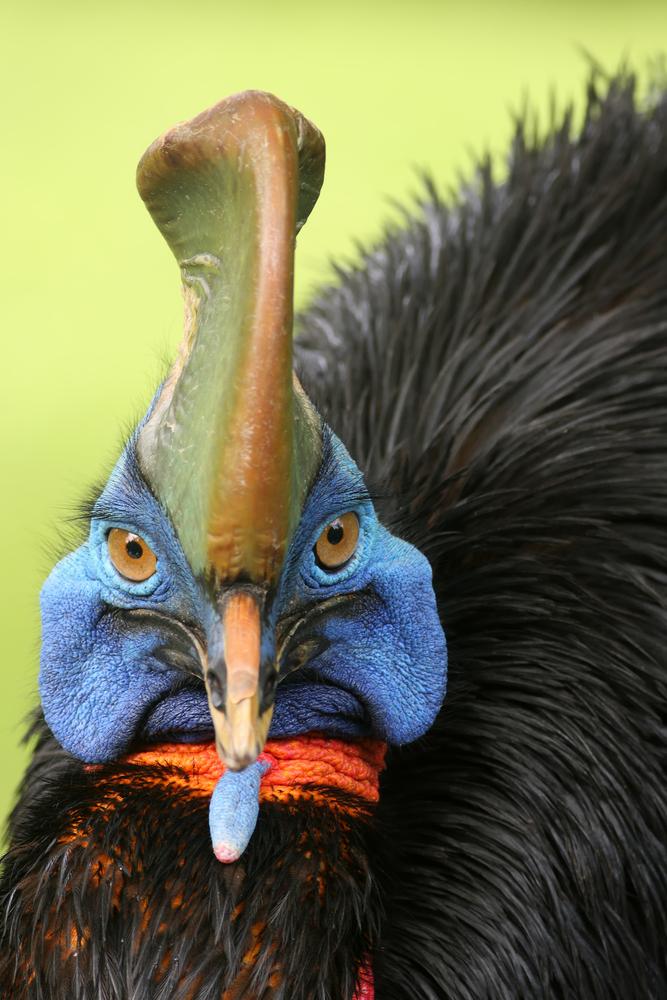
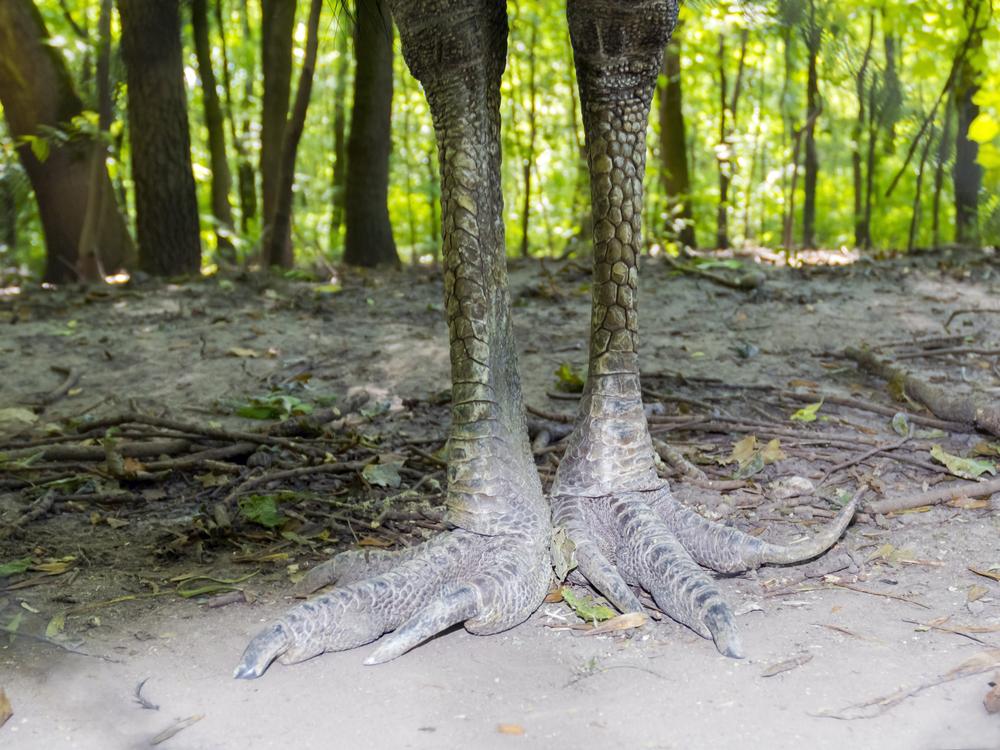
In fact, News Break reports that this bird is so dangerous, during World War II, the Australian army trained its troops to stay far away from the bird.
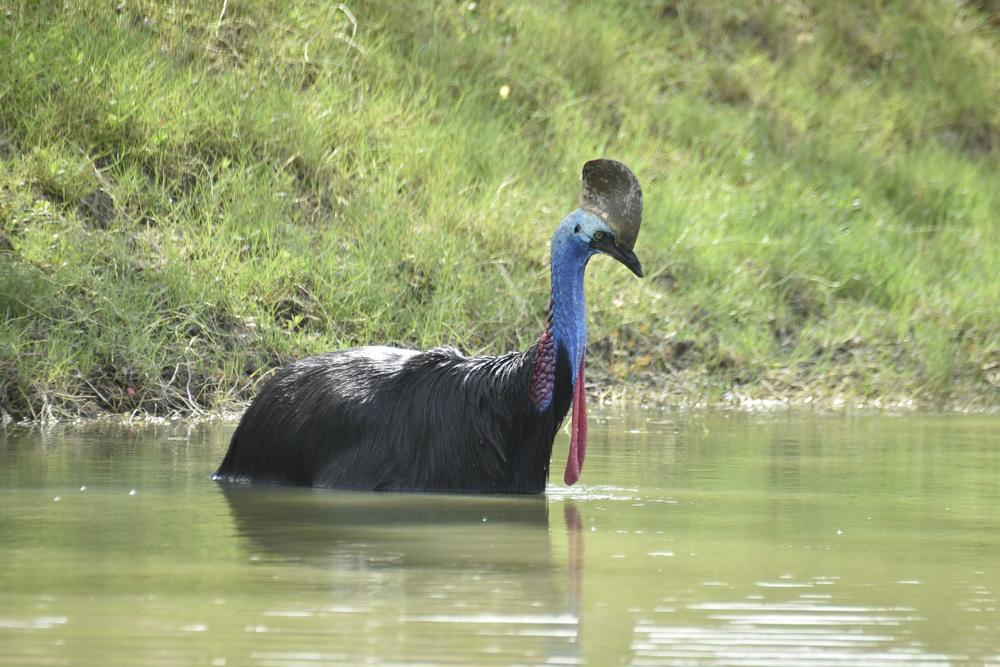
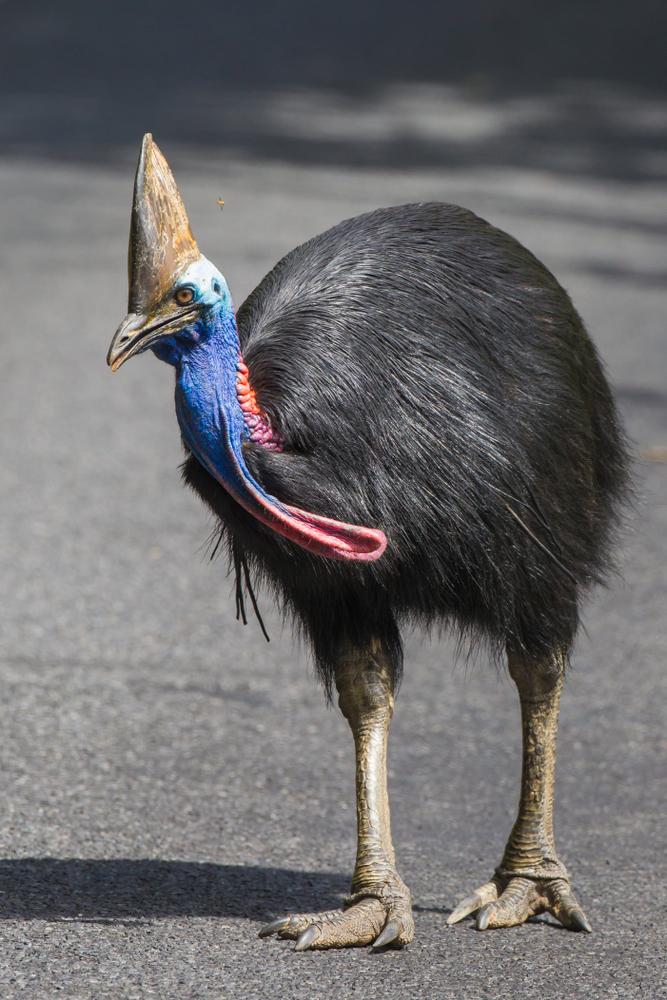
The sphenoid bone on the crown of its skull is a key indicator of the species. This feature is believed to be an evolutionary adaptation meant to deflect branches as the bird runs through the forest; the birds can zip through the trees at up to 30 miles per hour and can jump as far as 5 feet.
Cassowaries are typically shy birds that stay deep in the forests of Queensland, Australia, away from civilization. They are solitary animals, and because of their sharp hearing, they rarely appear in the vicinity of humans.
“There’s a lot of stories about dangerous kicks with their claws,” the San Diego Zoo told News Break, adding that the creatures are a stark reminder that dinosaurs are a close relative of the bird family.
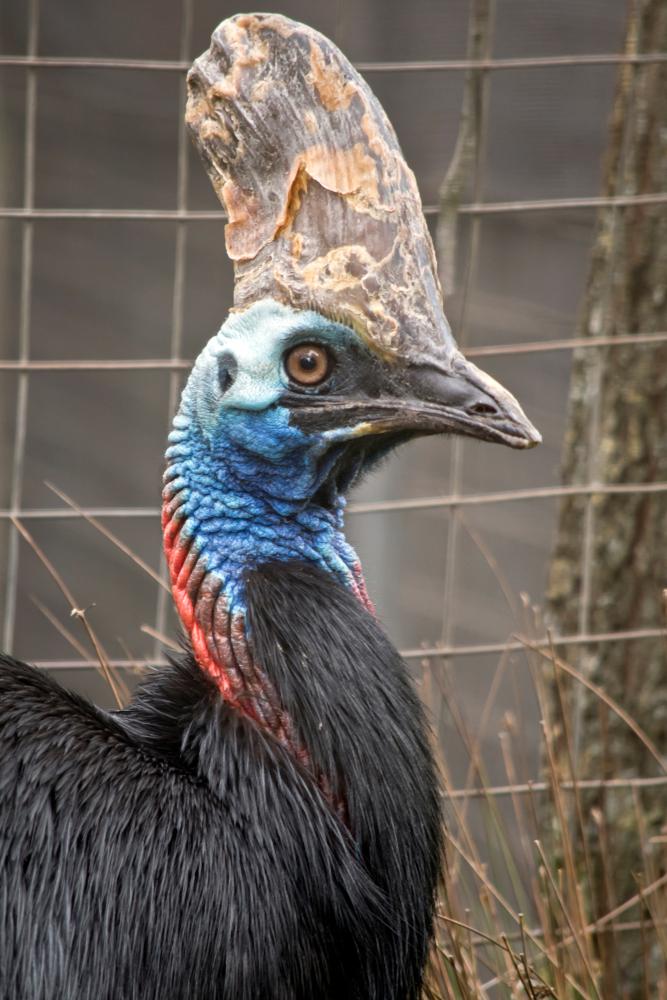
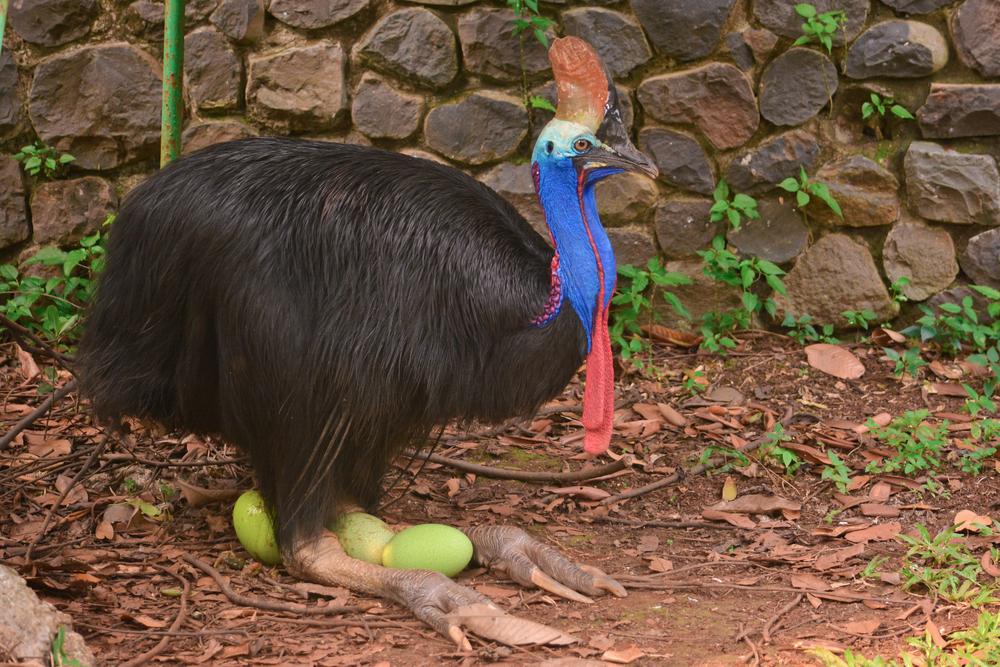
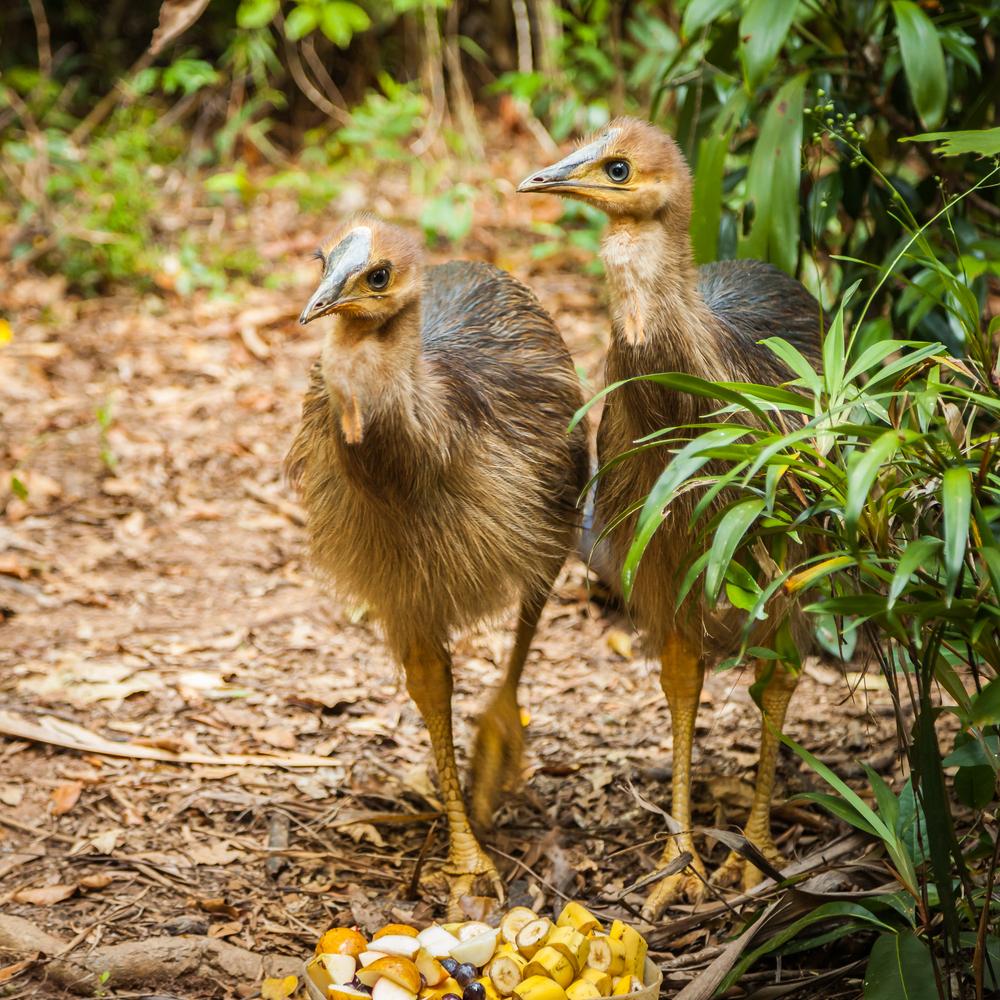
After all, with a toe-claw that can grow as long as 5 inches in length, the cassowary is reminiscent of its famed raptor cousin. They are known to enjoy meat, including prey such as rats, frogs, mice, and even snakes.
The bird is certainly a dangerous yet fascinating species, worthy of further study and admiration (from a distance).

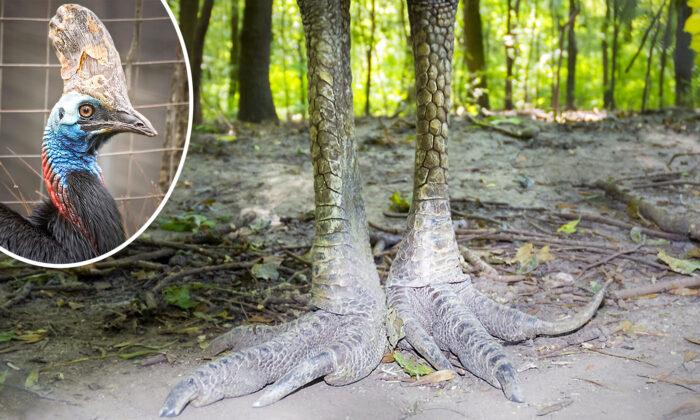





Friends Read Free